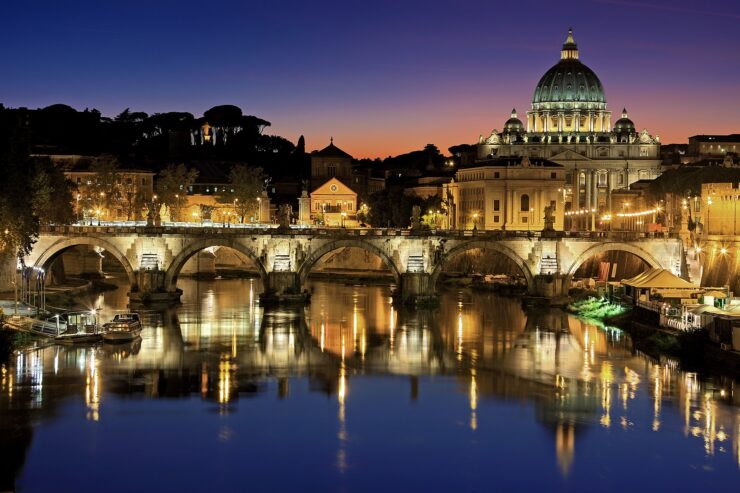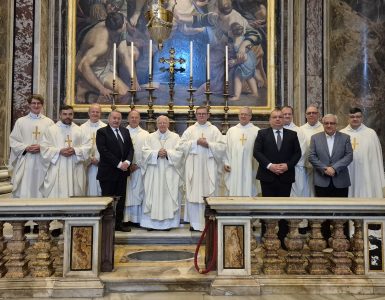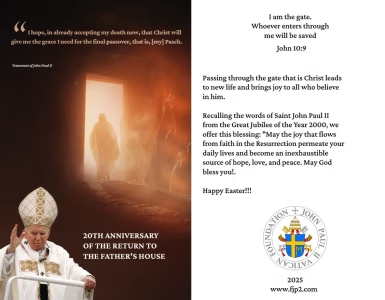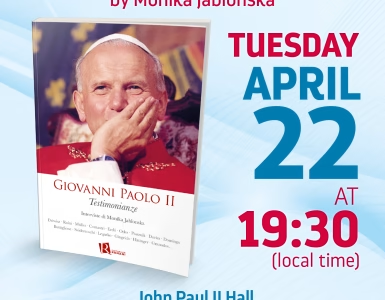He did not ask where the nativity scenes that stood in the house came from. It is good that they were. That was the most important thing. The Archbishop says that at every nativity scene, even for a short time, the Pope had to stop. He looked at the Child in the manger, he was silent. He must have prayed. And, so it was, wherever we went on a visit – recalls the former secretary. – Whether in a hospital or somewhere in the parish. Wherever the nativity scene stood, the Holy Father had to look at it for a moment. I do not think he had a favorite. At home, rather not, he liked all of them. But, I think he had some special sympathy for the stone nativity scene made by the employees of the city cleaning company. It was, so to speak, such a small Bethlehem near the Vatican. Twelve hundred stones from all over the world. Fifty-four meters of streets, three rivers with seven bridges, ninety-five cottages and six hundred and fifty steps, mostly made of marble from the colonnade in St. Peter’s Square. Inside, two hundred figures of men, ninety sheep, seven camels, four donkeys, four lings and two dogs. It must have been impressive. Especially since the doors of the Grotto of the Nativity were made of olive branches from the real Bethlehem. I remember that the Holy Father visited the builders of this nativity scene every year – says the former papal secretary. – We came to them with Christmas wishes. They waited with their families. The Pope thanked very much all those who worked at the nativity scene. He was really grateful to them – convinces the Archbishop. – Because this nativity scene was visited by crowds. And, the more visitors, the greater the chance that Christ would find refuge among them today. I want to say that some consciences need to be addressed in such a pictorial way. The Holy Father saw it. And, he greatly appreciated the work of those who put their hand to it. Anyone who has seen it live says that the most moving thing about such a stone nativity scene was that the little Jesus was lying among the raw, cold stones. This contrast moves everybody to the depths. Besides, John Paul II emphasized this humiliation of God many times. That God was homeless because no one wanted to take Him under their roof.
With the consent of Archbishop Mieczysław Mokrzycki – “Place for everyone”
Znak Publishing House, Kraków 2013





